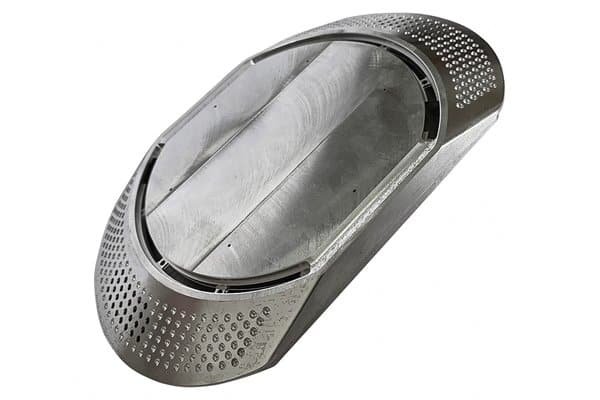Aluminum has long held a reputation as a go-to material for manufacturing and engineering industries due to its high strength-to-weight ratio, corrosion resistance, and versatility. Did you know that the global aluminum market is projected to reach approximately $273.4 billion by 2027? As demand continues to rise, understanding the influence of different aluminum alloys on CNC (Computer Numerical Control) machining processes becomes increasingly essential for achieving optimal production outcomes.
Understanding Aluminum Alloys
Aluminum alloys can be divided into two main categories: wrought and cast. Wrought alloys are manipulated into their solid form through mechanical processes, while cast alloys are formed by pouring molten metal into molds. Each category contains various subcategories with unique properties—generally categorized by their primary alloying elements. The most common aluminum alloys include:
The Impact of Alloy Selection on CNC Machining
The machinability of an aluminum alloy significantly affects the CNC machining process. Factors such as tool wear rates, cutting speeds, and feed rates may vary based on the alloy selected. For instance, 6061 aluminum, a widely-used alloy within the 6000 series, is favored in CNC machining due to its relatively good machinability. In contrast, 7075 aluminum is less machinable because of its higher strength, leading to increased tool wear and downtime.
Solution:
To optimize machining performance, it’s crucial to select cutting tools and coatings that complement the specific alloy. For 7075, carbide tools with a specialized coating can mitigate wear and improve longevity. Additionally, utilizing high-quality lubricants during machining can effectively minimize friction and heat generation.
Different aluminum alloys require different cutting parameters for optimal results. Factors like cutting speed, feed rate, and depth of cut need to be fine-tuned based on the specific alloy being machined. For example, 3003 aluminum, known for its excellent formability, may allow for faster cutting speeds but requires particular attention to tool geometry to achieve the desired surface finish.
Solution:

Conducting thorough testing to determine the ideal parameters for each alloy is critical. Integrating software that analyzes material properties can guide manufacturers in adjusting settings dynamically, ensuring improved machining performance. Leveraging simulation technology can also help predict outcomes before production, minimizing waste.
Surface finish is not only an aesthetic requirement but also an essential factor impacting the functionality of CNC machined parts. High-strength alloys like 7075 require advanced finishing techniques to achieve the desired surface quality without compromising structural properties.
Solution:
Developing a comprehensive surface treatment plan that includes techniques such as anodizing, bead blasting, or chemical polishing can enhance surface characteristics. Consider the application of the final product to determine the necessary finish, ensuring it meets desired standards without hindering performance.
Aluminum alloys expand differently during the machining process due to their various thermal properties. Precision in managing dimensional tolerances becomes essential, especially in high-stakes industries like aerospace and automotive.
Solution:
Incorporating temperature control measures during machining operations can help maintain consistent dimensional tolerances. Additionally, using CNC machining centers equipped with advanced temperature management features can assist in bridging the gap between design specifications and manufacturing realities.
Post-machining treatments, such as heat treatment, play a crucial role in refining the mechanical properties of aluminum alloys. The effectiveness of these treatments is significantly influenced by the chosen alloy.
Solution:
Understanding the alloy’s response to heat treatment is vital. For example, while 6061 aluminum can be enhanced through aging, 7075 requires precise temperature control to prevent over-aging. Thoroughly studying material properties during the design phase allows manufacturers to optimize post-machining treatments effectively.
: The Importance of Alloy Selection in CNC Machining
The choice of aluminum alloy fundamentally impacts the effectiveness of CNC machining processes in various ways. By understanding the unique characteristics of each alloy— including machinability, required cutting parameters, influence on surface finish, dimensional tolerances, and response to post-machining treatments—manufacturers can improve efficiency and reduce production costs.
In summary, appropriate alloy selection not only enhances machining performance but also determines the quality and longevity of the final product. With aluminum playing an increasingly critical role in the manufacturing landscape, the importance of this topic cannot be overstated. By staying informed and proactively optimizing machining strategies based on alloy selection, businesses can ensure high-quality outputs and sustainable growth in an ever-evolving market.
Remind yourself to consider these core technologies and practices when navigating the complexities of CNC machining with aluminum alloys for future projects. The right choices today can lead to more successful manufacturing outcomes tomorrow.






